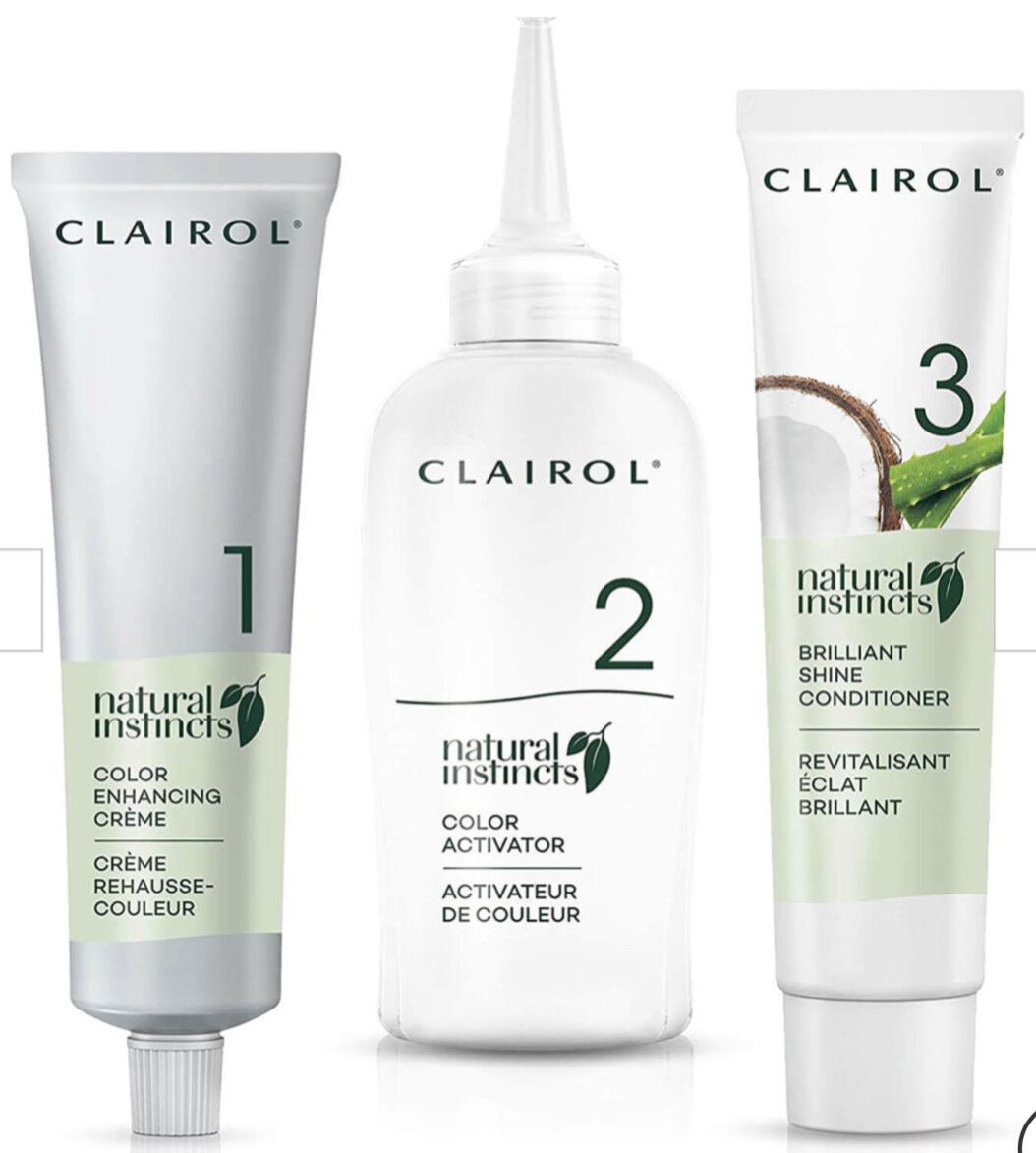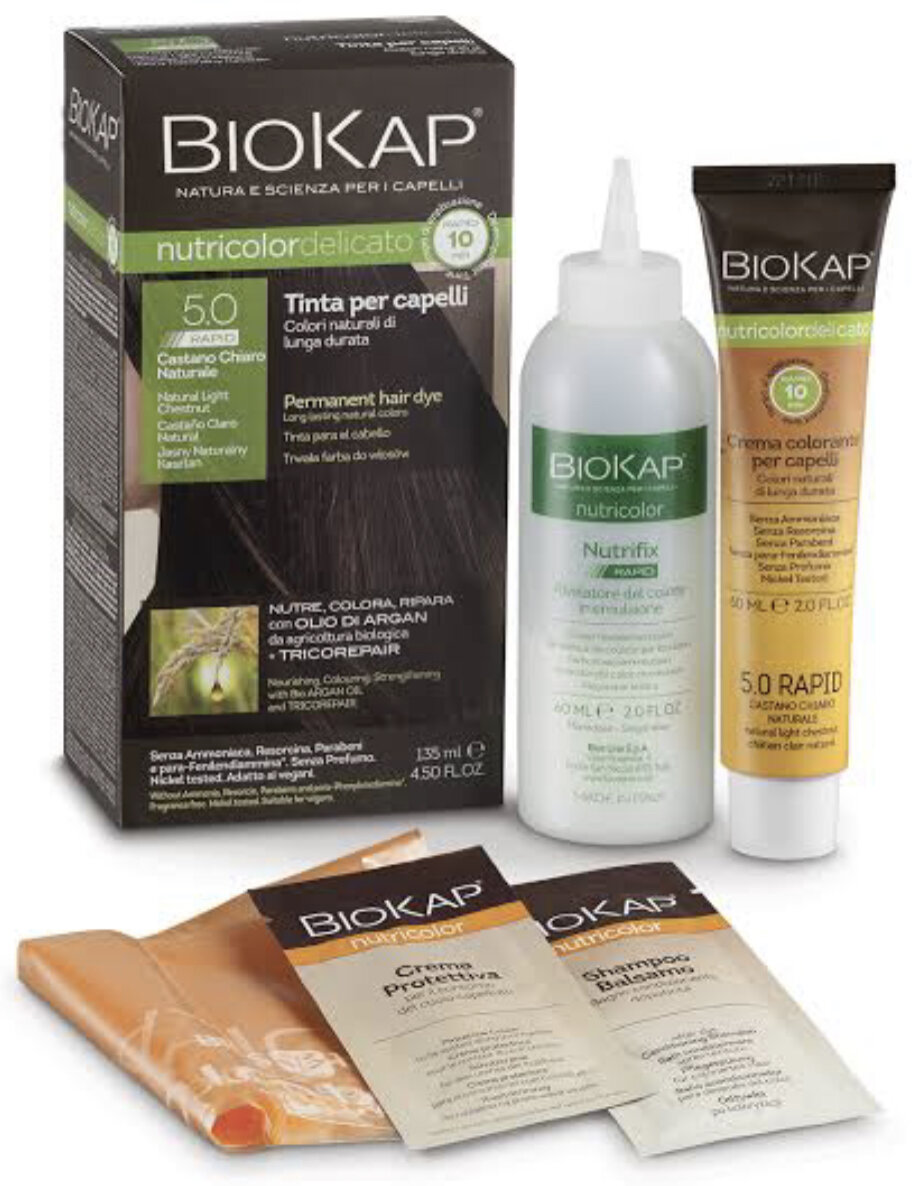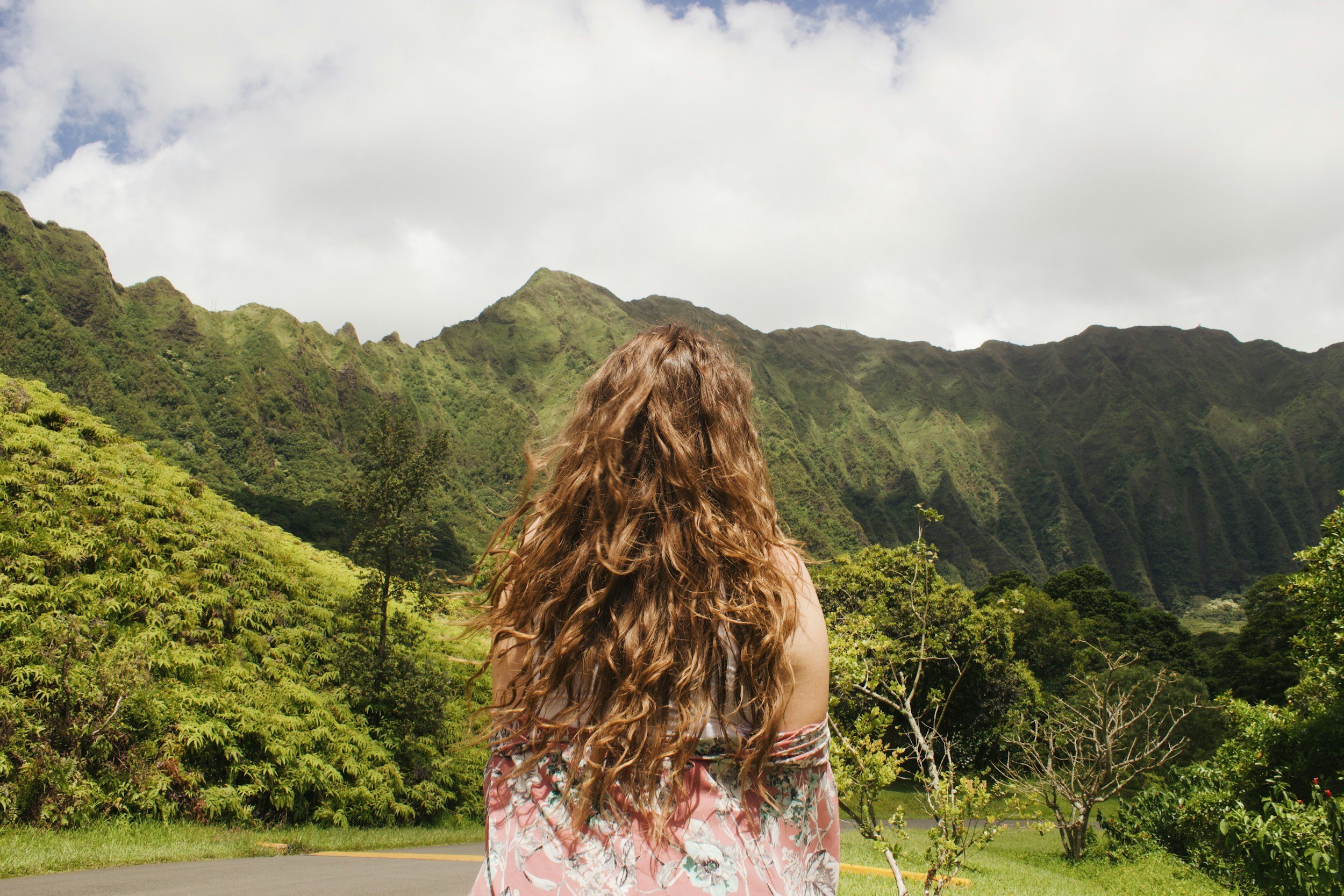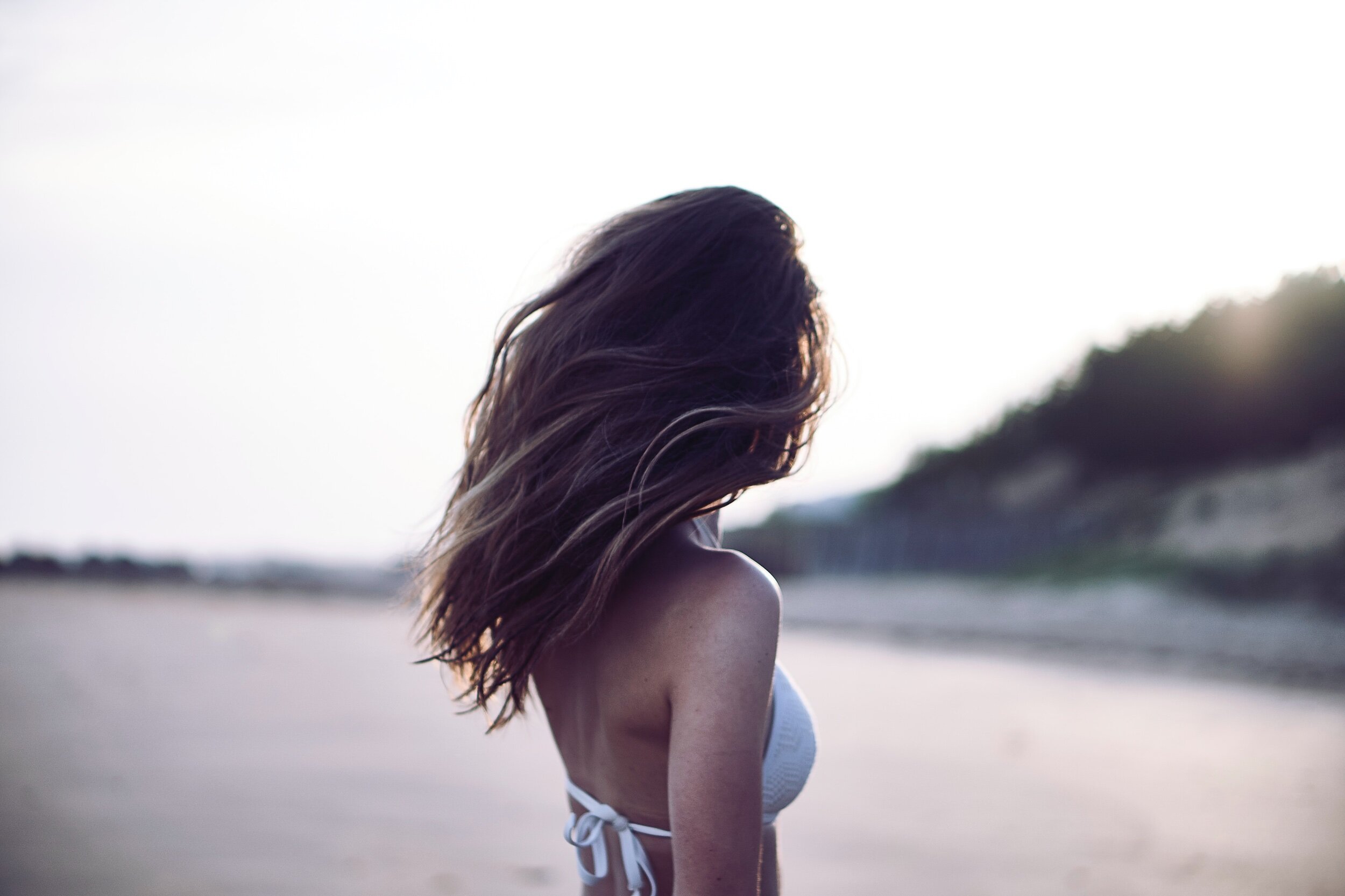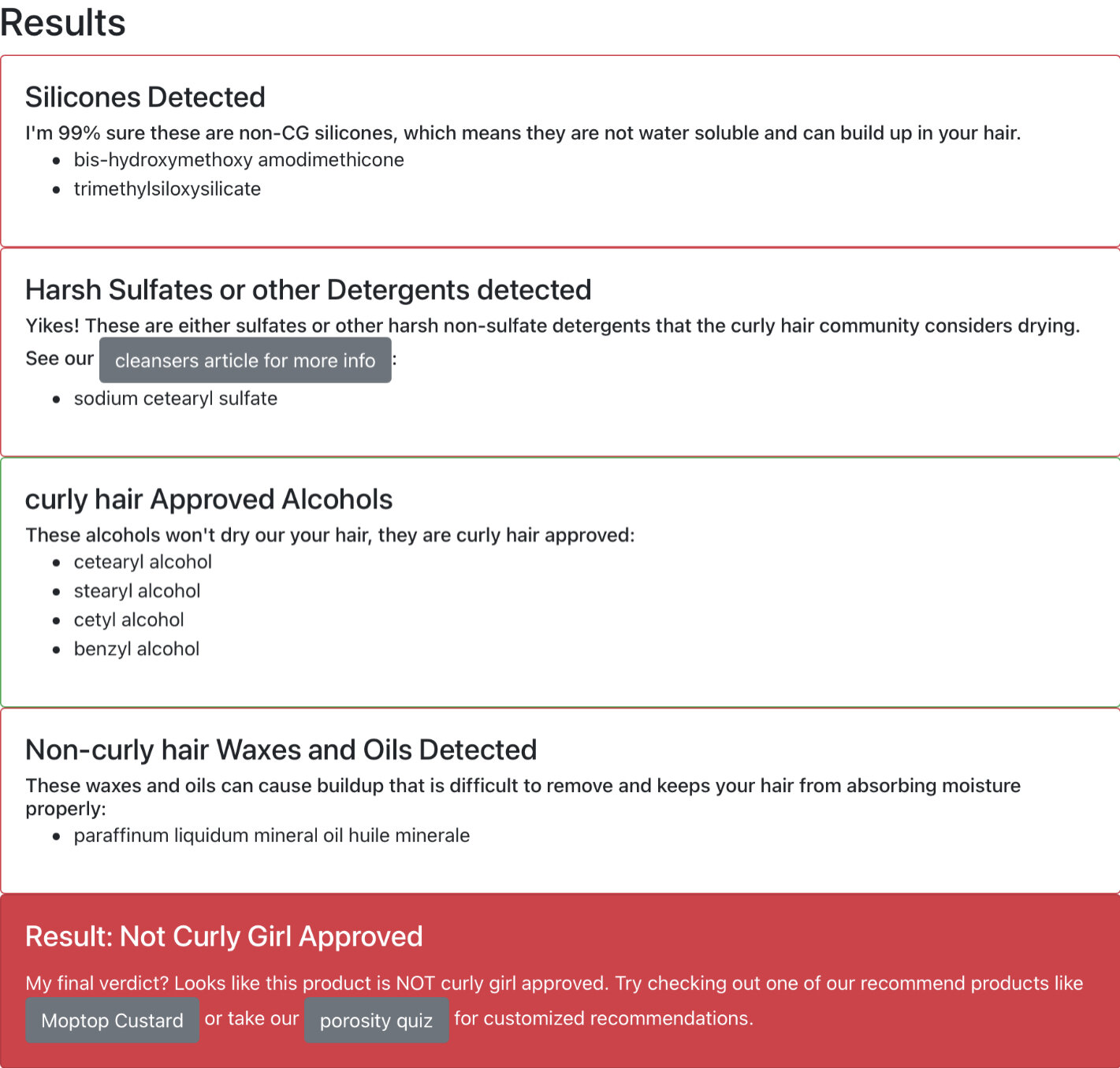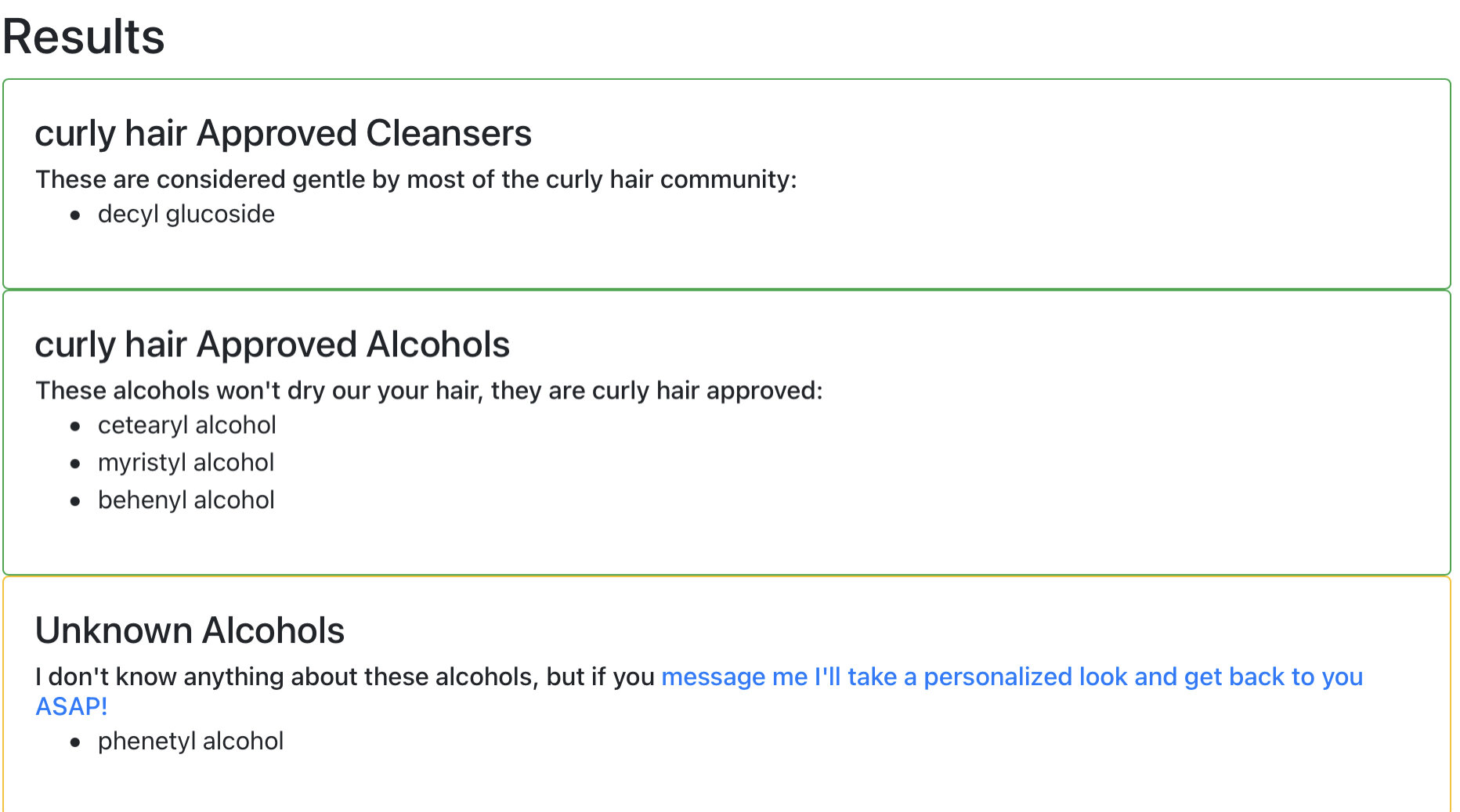Vegan Hair Dye Review: Biokap vs Clairol Natural Instincts
Looking for a vegan hair dye that causes minimal damage to your hair? I compared Clairol and Biokap. Here’s what I found.
I’ve been avoiding dying my hair with box dye for a loooong time, but with Henna taking upwards of two hours per month and not lasting a super long time, I needed to find an alternative that wouldn’t damage my very sensitive hair.
I know there are a lot of extra dyes that you can import from other countries, but when I look for a hair dye, I want something I can quickly grab off the shelf. I don’t want to have to plan my order months in advance, or worry that I don’t have any left for an event, or pay $50 in delivery fees. Don’t get me wrong, I would love to try some of the box dyes from other nations that are supposed to be amazing for your hair, but they cost a lot, shipping always takes forever, and they’re just not accessible for everyone. I want something affordable, that everyone can have a crack at. I got mine from Priceline.
After trying to research the hair dye brands available in Australia (options were limited, as always) and trying to find the vegan brands that were least likely to destroy my dye-sensitive hair (that aren’t henna - you can read my henna reviews here and here) I narrowed it down to two - Clairol Natural Instincts and Biokap.
Ingredients
Biokap is a small company that also makes cosmetics, and everything is vegan and cruelty-free. They use a lot of natural botanicals and proteins that strengthen your hair.
Clairol Natural Instincts is vegan, but being from a massive company that also makes non-vegan products, I don’t think they can call themselves cruelty-free. I also didn’t quite trust Clairol because it’s a very mainstream company, and - it felt like they were trying to turn a profit just by having a vegan range. I also didn’t trust them not to put terrible things in the product because they don’t hesitate with their non-vegan range - terrible things can still be vegan.
Both dyes are ammonia-free. Ammonia is toxic, and it’s the component in normal hair dyes that burns your eyes. It breaks the hair cuticle apart to allow color in. So on one hand you end up with a more vibrant result if you use ammonia, but if your hair is fine like mine, it will end up in terrible condition. Even if your hair is in good condition and takes hair dye well, ammonia will damage it over time. So that was a win for both products.
Clairol Natural Instincts comes with globes, developer, colour and conditioner
Biokap comes with gloves, developer, colour, conditioner and a cape
Sustainability
Biopkap is owned by Bios Line - a company founded in Italy in the ‘80s - dedicated to the creation of natural and environmentally-friendly products.
Biokap has a fleshed-out an environmental commitment on its website. The company brand is part of a zero impact scheme, aims to use recyclable packaging, uses solar panels to generate energy to power its factories, uses papers and cardboards from environmentally sustainable and certified plantations, pledges to never test on animals and supports a FRAME - a company developing alternatives to animal testing, with the goal of eliminating it in the cosmetics industry entirely.
Clairol is owned by Coty - an international company, founded in Germany in the early 1900s, that specializes in beauty products from big brands, including Burberry, Adidas, Calvin Klein, Rimmel…you get the idea. There is a sustainability statement on its website that basically says it has some 10-year goals going all the way to 2031. Which is great, but I also think big companies are expected to have an environmental statement these days to show they’re not behind the times. Nevertheless, the statement does say the company is trying to reduce emissions by 30% and energy consumption by 25% by 2030, along with switching to 100% renewable energy within that same time period. Considering how large the company is, those goals are fairly substantial.
The Clairol website is missing an environmental statement. The only mention of anything along that vein is the vegan hair dye range, which literally just says ‘vegan’.
Coty has some impressive goals and I don’t want to diminish the effort, but Bios Line was founded with goal towards sustainability so is has the upper hand in that department.
Are they Curly Girl-Friendly?
Strictly speaking, hair dye in general isn’t CG-friendly, but there are things you can do to ensure your dye isn’t going to kill off your curls.
I couldn’t find much online about whether Biokap and Clairol Natural Insticts are curly girl friendly, so I did my own research and punched the ingredients of both into Curlsbot - literally a bot that will analyze the ingredients in your favorite hair products and let you know what will dry your hair out, what is curly girl approved (click here if you don’t know what I’m talking about) and what harsh chemicals you should avoid entirely.
The screenshots below are pretty revealing.
Curlsbot results for Clairol Natural Instincts
Clairol Natural Instincts had red flags all over it. Along with weird silicones and sulfates, it had five different kinds of alcohol (they’re not drying alcohols, but five at once? Really?) and a tongue-twister mineral that stops your hair from absorbing moisture. Curlsbot ultimately recommended against Clairol.
Curlsbot results for Biokap
The Biokap ingredients were inconclusive because there was only one alcohol the bot couldn’t determine - phenetyl alcohol. From my own research, it’s an alcohol that occurs naturally in plants and has a rose-like scent. It can cause skin irritation, but it’s been tested on humans and a reaction is unlikely. If in doubt, test the dye on a small patch of skin first. It does exist in other cosmetics from other companies that are also deemed clean and vegan. That doesn’t mean it is, of course, but there were no red flags that I could see.
Aside from the one unknown, there were three approved alcohols, one approved cleaner and no red flags in Biokap.
Coverage
Henna does not have coverage that lasts a long time. This is because it’s a stain and doesn’t actually dye the star and - it coats it. Since I was supremely unlucky and started getting grey hair quite early (24, to be exact), I really wanted something to cover it up. I don’t have an issue with grey hair at all, but I my hair is naturally very dark and I just don’t think light colors suit my skin. I will probably embrace the grey when I’m older, but for now, I plan to cover it up.
I think most dyes these days have pretty decent coverage, but grey is the hardest color to cover because it has no pigment. Clairol claims to cover greys and, according to the review, it does a pretty good job.
Biokap also has good reviews in the coverage department so the competition there was fairly even.
Price
For box dyes, the difference is pretty substantial. Clairol is about $11 and Biokap is $25 - when you have to re-apply every six weeks, the costs do add up, but going to a salon every six weeks would be significantly more expensive. About $250 more, per session. Salon dyes are supposed to be better quality than box dyes, and I would say they are 9 times out of 10, but you still never really know - you basically have to trust whatever the colorist tells you.
I also believe you get what you pay for. I don’t want to spend $300 and three hours of my life in a salon chair every six weeks, but I would much rather pay an extra $14 for the box dye with better ingredients every six weeks if it mean’s my hair will be healthier in the long run.
Verdict
Unless you’re using henna, hair dye will damage your hair at the end of the day. The best thing you can do is avoid dye entirely, but there are steps you can take to ensure your hair doesn’t get as damaged as it could.
I ended up going with Biokap for a range of reasons - the main one being that Clairol has a bunch of harmful ingredients in it. I didn’t spend so long testing out henna to ruin my hair with one cheap box dye, so Biokap really won the competition on that front.
And (SPOILERS!) I did try out Biokap and my hair does feel a little different, but it doesn’t feel damaged so I do think I made the right choice.


